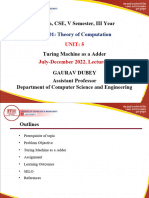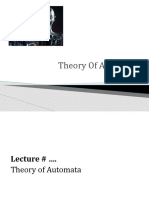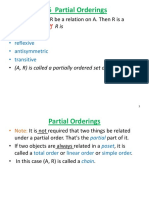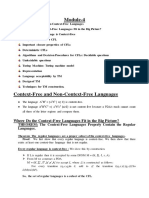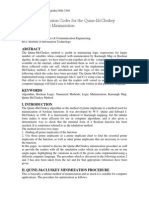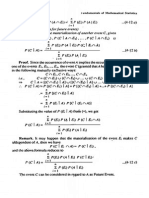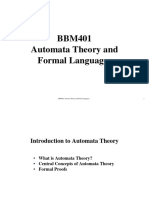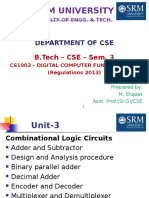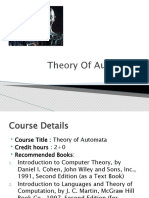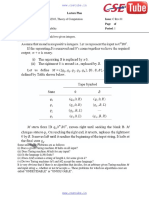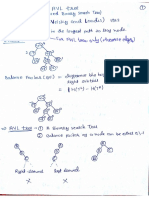0% found this document useful (0 votes)
195 views28 pagesSparse Matrices Explained
This document discusses sparse matrices. It begins by defining sparse matrices as matrices with many zero elements, as opposed to dense matrices which have few zero elements. It then provides examples of different types of sparse matrices like lower triangular, diagonal, and tridiagonal matrices. It discusses different representations of sparse matrices using a 1D array or linked lists. It also covers unstructured sparse matrices and their representations. Finally, it discusses approximating memory requirements for sparse matrices and how to calculate the transpose of a sparse matrix.
Uploaded by
Gourab NandaCopyright
© © All Rights Reserved
We take content rights seriously. If you suspect this is your content, claim it here.
Available Formats
Download as PDF, TXT or read online on Scribd
0% found this document useful (0 votes)
195 views28 pagesSparse Matrices Explained
This document discusses sparse matrices. It begins by defining sparse matrices as matrices with many zero elements, as opposed to dense matrices which have few zero elements. It then provides examples of different types of sparse matrices like lower triangular, diagonal, and tridiagonal matrices. It discusses different representations of sparse matrices using a 1D array or linked lists. It also covers unstructured sparse matrices and their representations. Finally, it discusses approximating memory requirements for sparse matrices and how to calculate the transpose of a sparse matrix.
Uploaded by
Gourab NandaCopyright
© © All Rights Reserved
We take content rights seriously. If you suspect this is your content, claim it here.
Available Formats
Download as PDF, TXT or read online on Scribd
/ 28









